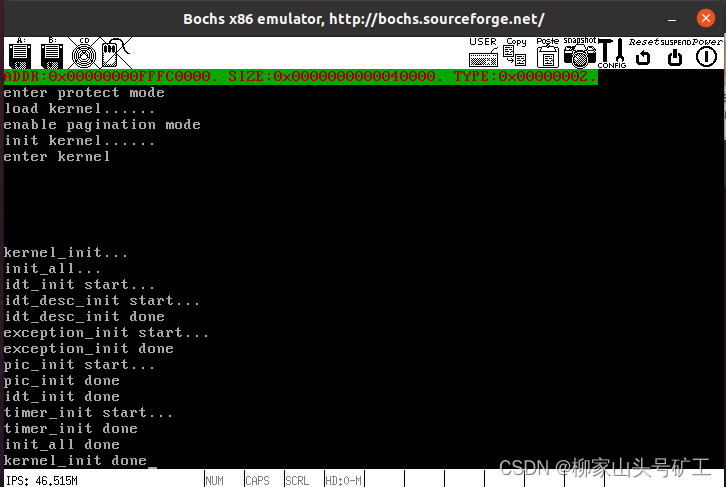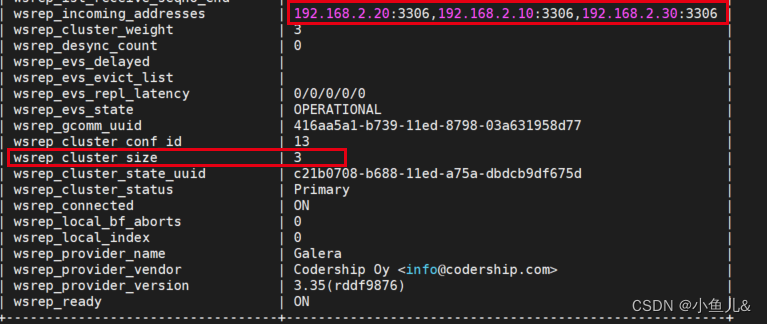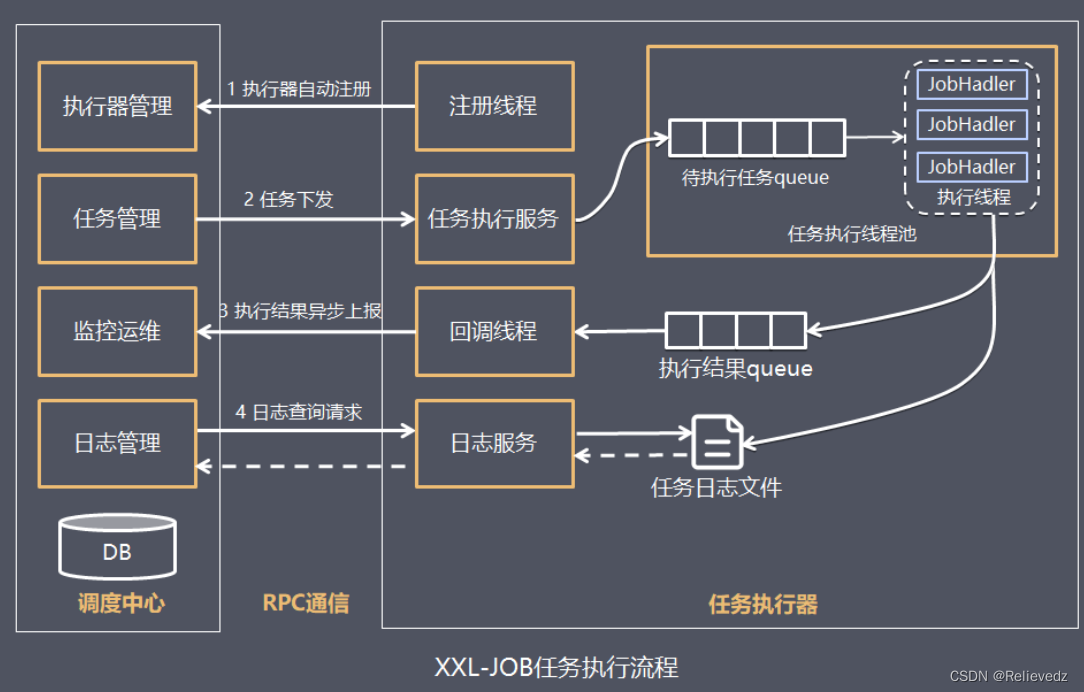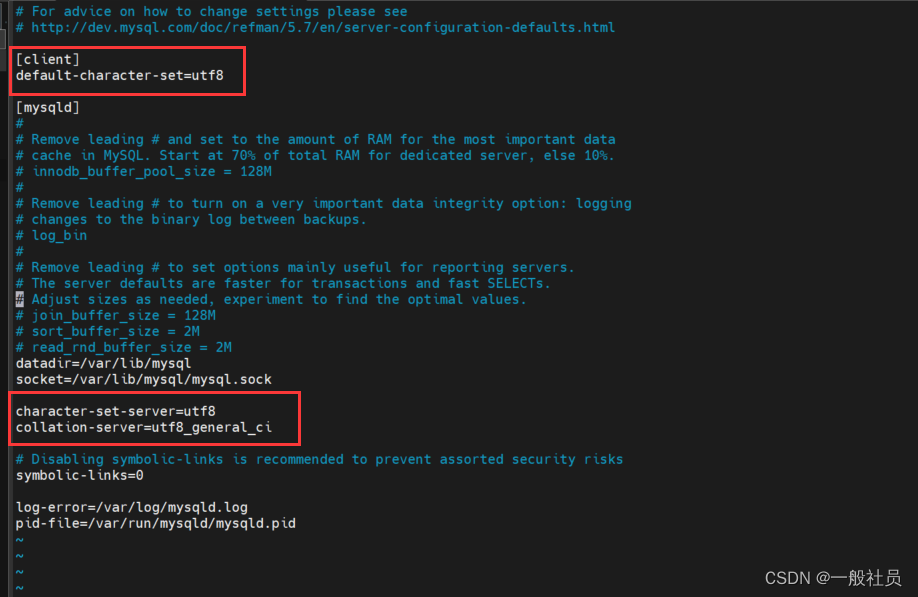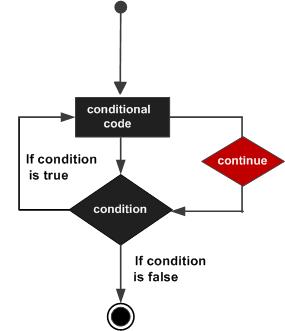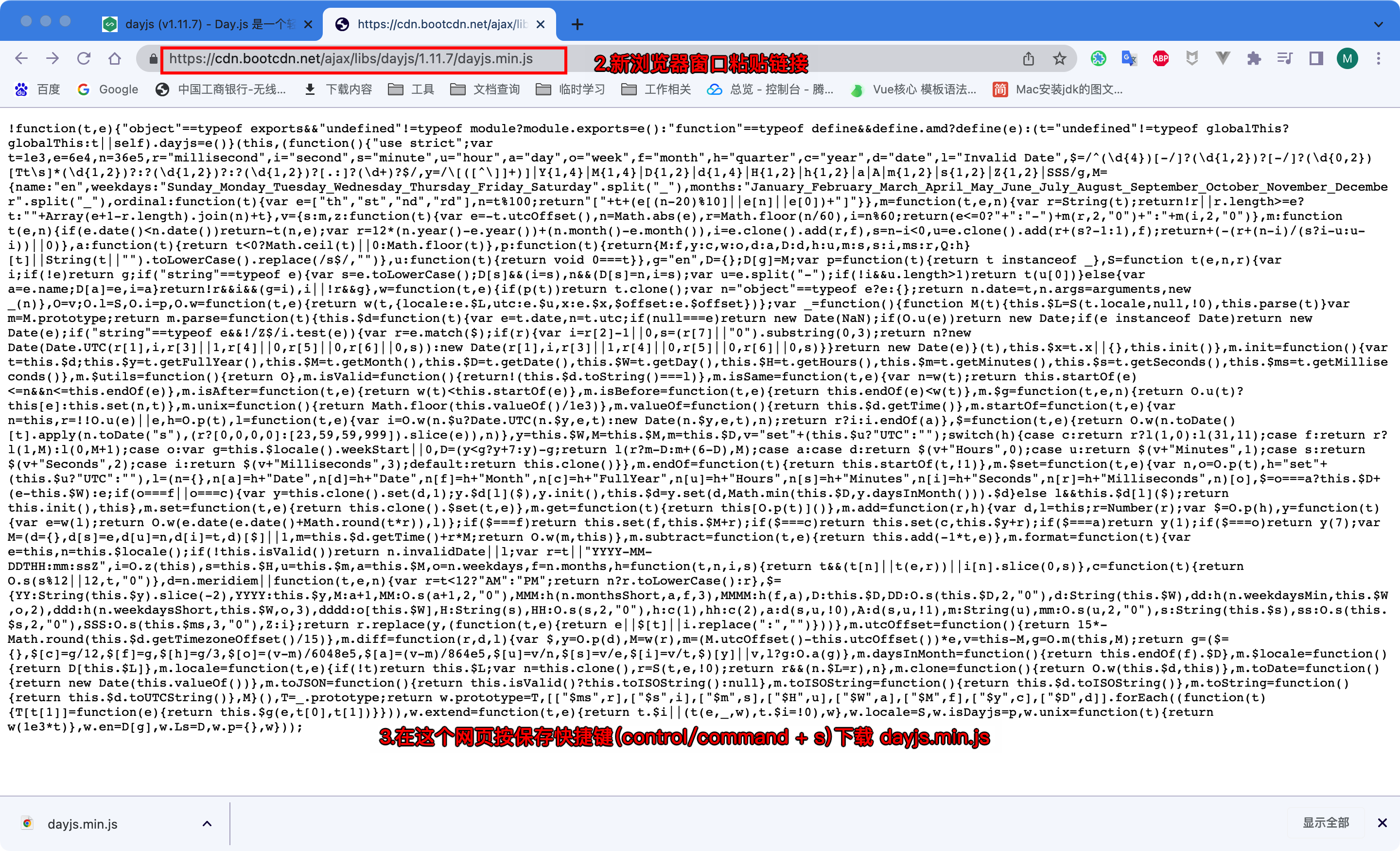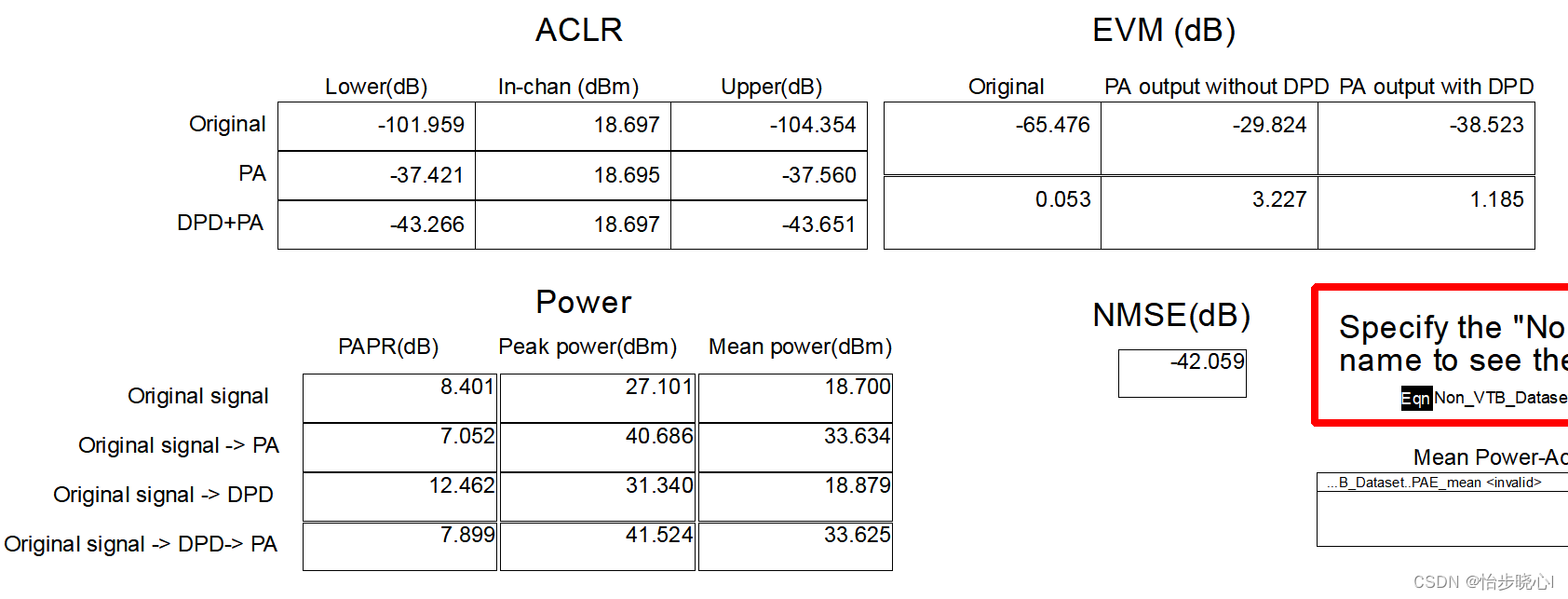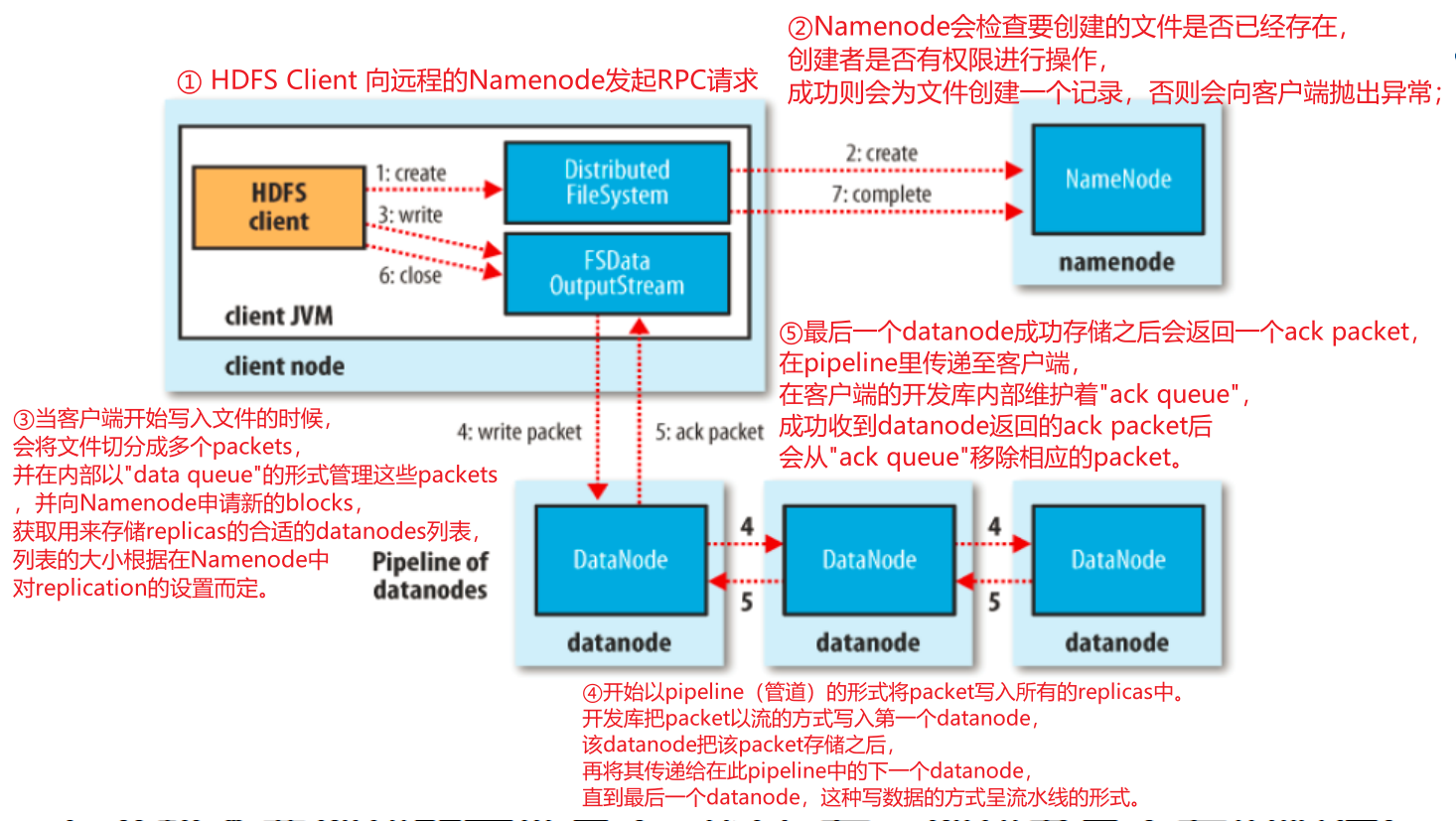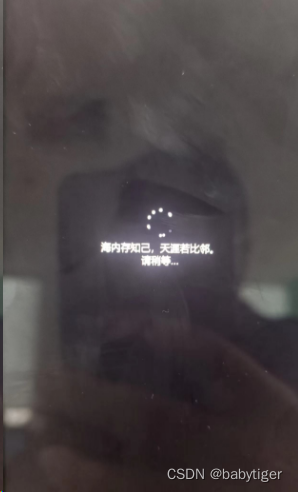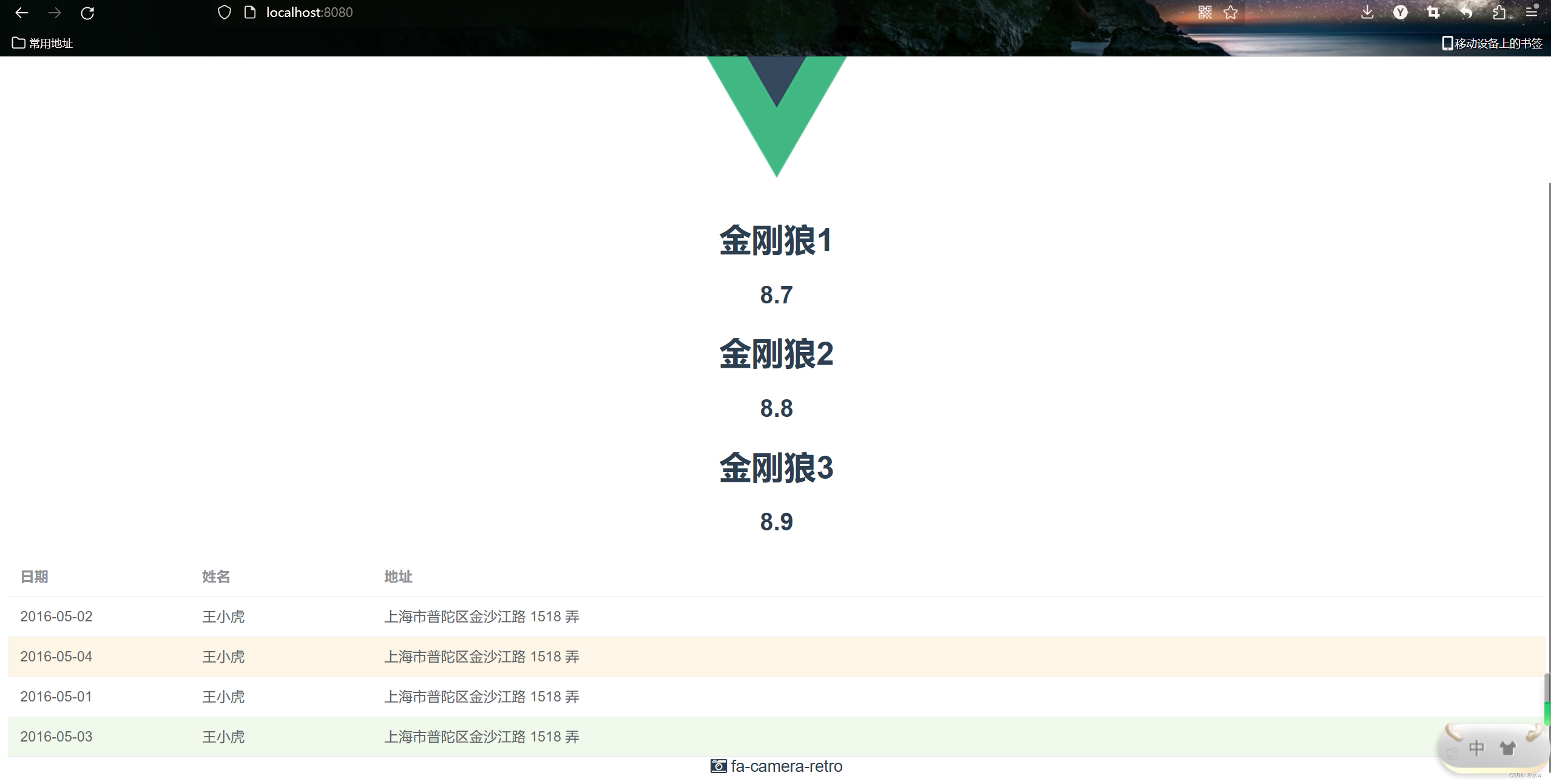文章目录
- 前言
- 一、调用线弹性程序示例
- 1.1 对plateWithHole.xml文件的理解
- 1.2 程序及注释
- 1.3 对边界力函数的理解
- 总结 #pic_center
前言
gismo中用等几何解决线弹性问题
一、调用线弹性程序示例
1.1 对plateWithHole.xml文件的理解
算例来自文章:Isogeometric analysis: An overview and computer
implementation aspects


plateWithHole.xml文件

1.2 程序及注释
/// This is the 2D linear elasticity benchmark "Infinite plate with circular hole"
/// 这是二维线弹性基准“无限圆孔板”
/// as described in V.P.Nguyen, C.Anitescu, S.P.A.Bordas, T.Rabczuk, 2015
/// "Isogeometric analysis: An overview and computer implementation aspects".
/// 等几何分析:概述及计算机实现方面
/// Author: A.Shamanskiy (2016 - ...., TU Kaiserslautern)
#include <gismo.h>
#include <gsElasticity/gsElasticityAssembler.h>
#include <gsElasticity/gsWriteParaviewMultiPhysics.h>
#include<iostream>
using namespace std;
using namespace gismo;
int main(int argc, char* argv[]) {
gsInfo << "This is the 2D linear elasticity benchmark: infinite plate with circular hole.\n";
//gsInfo << " 这是二维线弹性问题:无限圆孔板 \n";
//=====================================//
// Input //
//=====================================//
std::string filename = "plateWithHole.xml"; // 打开 plateWithHole.xml文件
index_t numUniRef = 1; // K细化次数 int型
index_t numDegElev = 0; // 升阶次数
index_t numPlotPoints = 10000; // preview软件画图的点数量
bool plotMesh = false; // preview画图时命令 136行: 是否画网格 false = 不画网格
// 极简的终端用户界面
gsCmdLine cmd("This is the 2D linear elasticity benchmark: infinite plate with circular hole.");
//gsCmdLine cmd("这是二维线弹性问题:无限圆孔板");
cmd.addInt("r", "refine", "Number of uniform refinement application", numUniRef);
//cmd.addInt("r", "refine", " 细化次数 ", numUniRef);
cmd.addInt("d", "degelev", "Number of degree elevation application:升阶次数?", numDegElev);
// preview软件画图的点数量
cmd.addInt("p", "points", "Number of points to plot to Paraview", numPlotPoints);
cmd.addSwitch("m", "mesh", "Plot computational mesh:绘制计算网格", plotMesh);
try { cmd.getValues(argc, argv); } // 不太用看 不知道这个命令代表啥
catch (int rv) { return rv; } //
//=============================================//
// Scanning geometry and creating bases:扫描几何和创建基函数 //
//=============================================//
// scanning geometry 扫描几何
gsMultiPatch<> geometry; // 定义一个多片
gsReadFile<>(filename, geometry); // 将plateWithHole.xml文件中的数据赋值给 geometry
// 生成基函数
gsMultiBasis<> basis(geometry); // 生成基函数
for (index_t i = 0; i < numDegElev; ++i) // 升阶次数
basis.degreeElevate();
for (index_t i = 0; i < numUniRef; ++i) // k细化(节点插入)次数
basis.uniformRefine();
//=============================================//
// Setting loads and boundary conditions 设置载荷和边界条件 //
//=============================================//
// 应力的精确解
gsFunctionExpr<> analyticalStresses("1-1/(x^2+y^2)*(3/2*cos(2*atan2(y,x)) + cos(4*atan2(y,x))) + 3/2/(x^2+y^2)^2*cos(4*atan2(y,x))",
"-1/(x^2+y^2)*(1/2*cos(2*atan2(y,x)) - cos(4*atan2(y,x))) - 3/2/(x^2+y^2)^2*cos(4*atan2(y,x))",
"-1/(x^2+y^2)*(1/2*sin(2*atan2(y,x)) + sin(4*atan2(y,x))) + 3/2/(x^2+y^2)^2*sin(4*atan2(y,x))", 2);
// boundary load neumann BC 黎曼边界对应载荷边界条件 荷载BC 力的边界条件
gsFunctionExpr<> traction("(-1+1/(x^2+y^2)*(3/2*cos(2*atan2(y,x)) + cos(4*atan2(y,x))) - 3/2/(x^2+y^2)^2*cos(4*atan2(y,x))) * (x==-4) +"
"(-1/(x^2+y^2)*(1/2*sin(2*atan2(y,x)) + sin(4*atan2(y,x))) + 3/2/(x^2+y^2)^2*sin(4*atan2(y,x))) * (y==4)",
"(1/(x^2+y^2)*(1/2*sin(2*atan2(y,x)) + sin(4*atan2(y,x))) - 3/2/(x^2+y^2)^2*sin(4*atan2(y,x))) * (x==-4) +"
"(-1/(x^2+y^2)*(1/2*cos(2*atan2(y,x)) - cos(4*atan2(y,x))) - 3/2/(x^2+y^2)^2*cos(4*atan2(y,x))) * (y==4)", 2);
// material parameters 材料参数
real_t youngsModulus = 1.0e3;
real_t poissonsRatio = 0.3;
// boundary conditions 边界条件 黎曼边界对应载荷边界条件 dirichlete对应位移边界条件
gsBoundaryConditions<> bcInfo;
bcInfo.addCondition(0, boundary::north, condition_type::neumann, &traction);
bcInfo.addCondition(0, boundary::west, condition_type::dirichlet, nullptr, 1); // last number is a component (coordinate) number
bcInfo.addCondition(0, boundary::east, condition_type::dirichlet, nullptr, 0); // 最后一个数字是一个分量(坐标)的数字
// source function, rhs 源函数,rhs
gsConstantFunction<> g(0., 0., 2); // g = 0 0
gsInfo << " g = \n " << g << " \n ";
//=============================================//
// Assembling & solving 组装与解决 //
//=============================================//
// creating assembler 创建刚度矩阵
gsElasticityAssembler<real_t> assembler(geometry, basis, bcInfo, g);
assembler.options().setReal("YoungsModulus", youngsModulus);
assembler.options().setReal("PoissonsRatio", poissonsRatio);
gsInfo << "Assembling...\n";
gsStopwatch clock; // 计时
clock.restart(); // 计时开始
assembler.assemble(); //
gsInfo << "Assembled a system (matrix and load vector) with "
<< assembler.numDofs() << " dofs in " << clock.stop() << "s.\n";
// 在clock.stop中装配assembler.numDofs自由度的系统(矩阵和负载矢量)
gsInfo << "Solving...\n";
clock.restart(); // 计时结束
#ifdef GISMO_WITH_PARDISO //
gsSparseSolver<>::PardisoLLT solver(assembler.matrix()); // 将刚度矩阵传入solver中
gsVector<> solVector = solver.solve(assembler.rhs()); // 将刚度矩阵传入solver中
gsInfo << "Solved the system with PardisoLDLT solver in " << clock.stop() << "s.\n";
//用PardisoLDLT求解器解决了系统中的问题
#else
gsSparseSolver<>::SimplicialLDLT solver(assembler.matrix()); // assembler.matrix()传入solver
gsVector<> solVector = solver.solve(assembler.rhs()); // KU = p 的p传入solver
gsInfo << "Solved the system with EigenLDLT solver in 在1中用EigenLDLT求解器求解系统 " << clock.stop() << "s.\n";
#endif
//=============================================//
// Output //
//=============================================//
// 将位移构造为IGA函数
gsMultiPatch<> solution;
assembler.constructSolution(solVector, assembler.allFixedDofs(), solution);
// 构造应力张量
gsPiecewiseFunction<> stresses;
assembler.constructCauchyStresses(solution, stresses, stress_components::all_2D_vector);
if (numPlotPoints > 0)
{
// 构造位移的IGA场(几何+解)
gsField<> solutionField(assembler.patches(), solution);
// 构造应力的IGA场(几何+解)
gsField<> stressField(assembler.patches(), stresses, true);
// 分析应力
gsField<> analyticalStressField(assembler.patches(), analyticalStresses, false);
// 创建一个容器,将所有字段绘制到一个Paraview文件中
// 生成的Paraview文件: 文件名是什么 文件保存在哪
std::map<std::string, const gsField<>*> fields;
fields["Deformation"] = &solutionField;
fields["Stress"] = &stressField;
fields["StressAnalytical"] = &analyticalStressField;
gsWriteParaviewMultiPhysics(fields, "plateWithHole", numPlotPoints, plotMesh);
//gsInfo << "Open \"plateWithHole.pvd\" in Paraview for visualization. Stress wiggles on the left side are caused by "
// "a singularity in the parametrization.\n";
}
cout << " \n ";
gsInfo << "assembler.fixedDofs() = \n" << assembler.fixedDofs();
cout << " \n ";
cout << "assembler.matrix() = \n" << assembler.matrix();
cout << " \n ";
cout << "assembler.matrix().rows() = \n" << assembler.matrix().rows();
cout << " \n ";
cout << "assembler.matrix().cols() = \n" << assembler.matrix().cols();
cout << " \n ";
//gsInfo << "assembler.matrix() = \n" << assembler.matrix();
return 0;
}
1.3 对边界力函数的理解


下边界应该是u = 0

总结 #pic_center
空格 空格
:
| 二维数 |
| 1 |
| 1 |
| 1 |
